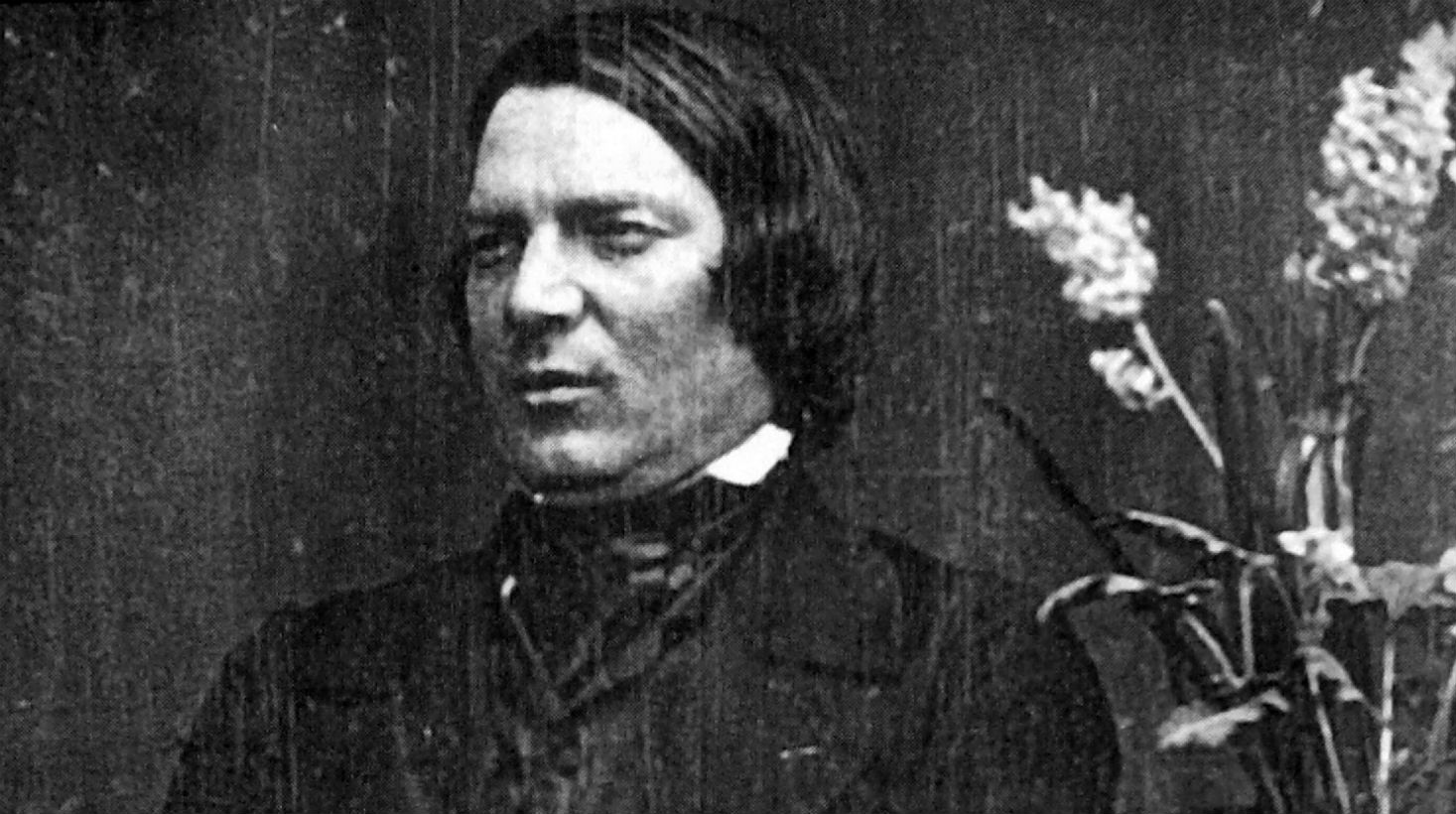
- Born 8 June 1810. The German composer Robert Schumann was born. It was one of the clearest models of Romanticism in music, in whose work the excellent works for piano stand out. Her life was also a sign of Romanticism; her relationship with her wife, Clara Wieck, would serve for a romantic novel. In addition, unfortunately, he lived from a young age under the influence of mental illness and his complex medical history has given much to talk to mental health experts. Their problems have driven the debate on the relationship between mental illness and creativity.

On the other hand, Schumann’s relationship with the piano was also full of drama. Schumann’s father, seller of books, editor and novelist, awoke in his son, from a young age, a great fondness for literature. But when he was seven years old, he started playing the piano, and his environment was fascinated by his musical qualities. He decided to walk his career there, but at the death of his father, he decided to abandon music and study law. At the age of 20, however, the vocation won: He began to receive classes with Professor Friedrich Wieck to learn how to play the piano well. Eight years later he married Clara, the teacher's daughter, and Clara was a great concertionist pianist. Robert wouldn't.
With the intention of recovering lost time, Robert Schumann used a mechanical device to flex and strengthen the fingers, in order to improve the technique. If we put our hand on the keyboard (or any other surface) and raise our fingers one by one, we will see that we raise less the ring finger than the others, so it is called the sloth finger. Well, Schumann wanted to increase the mobility of these fingers, but what he managed to do was to chronically injure two fingers of the right hand. From then on, he was not able to do public piano performances.
He broke his dream and worked as a musical critic, conductor and piano teacher, but, above all, as a composer, he created piano pieces that were fundamental to classical music, memorable works that he could never perform in public, that he might never have composed if he hadn't been hurt.